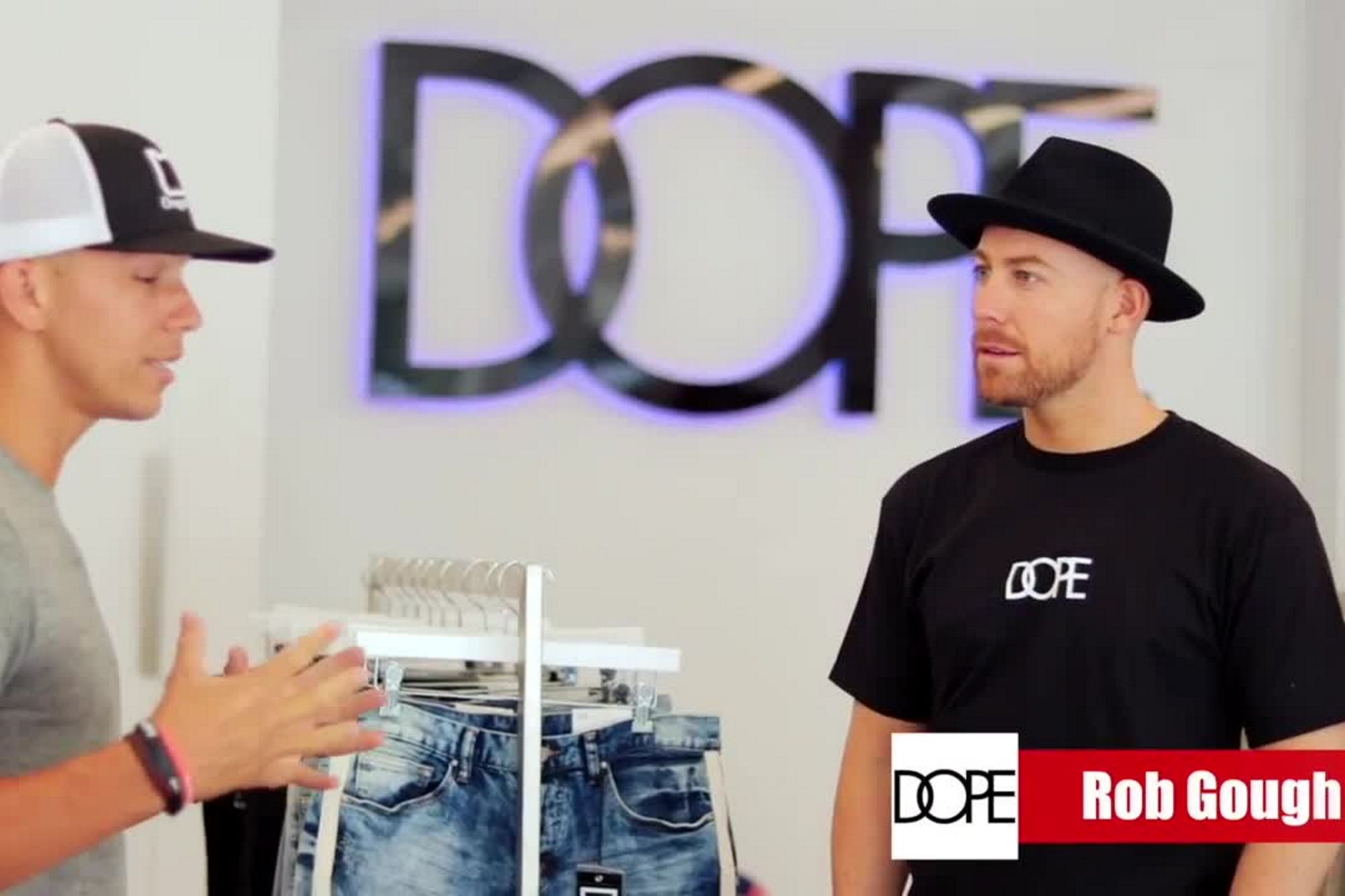VANCOUVER, B.C. — How does one capture, via film, the unbridled euphoria surrounding a tech-company IPO that just struck gold? If you’re director Matthew Carnahan, you whip up a flash mob in the middle of downtown Vancouver.
And so on this late-spring morning, dozens of jubilant dancers are busting moves and doing flips all over Oceanic Plaza as part of a frenetic, music-video-like sequence in the miniseries “Valley of the Boom,” premiering Sunday, Jan. 13. Some of them are clad in business suits, flinging dollar bills into the air like so much confetti, as the lyrics “Get that money!” repeatedly blast through a loudspeaker.

Outlandish, yes, but Carnahan, a Walnut Creek native, wouldn’t have it any other way. When the National Geographic Channel enlisted him to do a six-part docu-drama about the 1990s dot-com boom and bust in Silicon Valley, he insisted on a creative approach that was as disruptive, unpredictable and totally bonkers as the actual story.
“I wanted to be able to swing big and blow everything up,” he said. “Fortunately, they embraced some crazy ideas that I would have fired myself for if I was in charge.”
The craziness includes a spirited rap battle to depict the “browser war” between Netscape and Microsoft. There’s an interpretive dance, soliloquies and even puppets (hello, Bill Gates).
There, too, are odd moments when characters address the camera. And woven into the scripted drama are interviews with key, real-life figures from the dot.com world, including Arianna Huffington, who also serves as an executive producer on the project.
“The fact that Matthew wanted to convey a period of massive disruption in a disruptive way was important,” Huffington said. “It really communicates the era in a way that a straightforward documentary could never do.”
Bolstered by a cast that includes Bradley Whitford, Steve Zahn and Lamorne Morris, “Valley of the Boom” greatly differs from Hollywood’s recent forays into Silicon Valley, many of which have focused on the startup triumphs of tech superstars like Steve Jobs and Mark Zuckerberg. It instead whisks viewers back to the days before all the tweeting, Googling, emailing, blogging and posting that we now take for granted. The series primarily follows the turbulent journeys of three companies that were launched with grandiose hopes, only to become roadkill on the digital highway — Netscape, TheGlobe.com and Pixelon.
Led by CEO James Barksdale (Whitford), Netscape pioneered the first commercial web browser and was riding high until Gates and ruthless Microsoft moved to squash it.
TheGlobe.com, formed by a couple of college students, began as one of the first social media sites, but failed to sustain its early IPO momentum.

Pixelon was a pre-YouTube video-streaming service founded by disarming con man “Michael Fenne” — aka convicted felon David Kim Stanley (Zahn) — who crashed it into bankruptcy.
“Valley of the Boom” also explores some lesser-known figures, such as Patty Beron (Hilary Jardine), who created sfGirl.com to report on, and promote, the tech industry’s party scene.
“I love that Patty became part of our story,” Carnahan said. “She was kind of the Holly Golightly of her time.”
Of all the geeks, visionaries, eccentrics and charlatans who populate “Valley of the Boom,” it’s Fenne who truly stands out, and not just because the role required Zahn to don a fat suit and bushy blond wig.
The real-life Fenne, who was on the run from the law, somehow coaxed giddy investors to put hundreds of thousands of dollars in Pixelon while promising them a new way of broadcasting television-quality video over the internet. But the technologies he touted were fake and/or non-existent.
“At the time, there were so many people willing to just throw money down on an idea — even if they had no concept of what it really was,” Zahn says. “They just didn’t want to get left out. So this guy steps in and says, ‘I don’t really know anything, either, but if you’ve got money and want to throw it down, I’ll come up with something.’ He was kind of a bold genius in a way.”

Whitford was just as eager to portray Barksdale, the drawling, Southern-born executive who, along with Netscape founders Jim Clark (John Murphy) and Marc Andreessen (John Karna), experienced the company’s extraordinary rise and stunning fall. (The real Barksdale appears in interview segments).
“It was fascinating just watching film on him,” Whitford says. “He is extremely droll and funny and wise, and I keep thinking his heart must beat once every two minutes. He was kind of the grownup in the room. So there’s a bit of wariness about him amid all the euphoria over the possibilities to come. That’s really fun to play.”
Fun is exactly what Carnahan sought during the shoot in Vancouver, where beneficial tax credits and ample studio space have turned the Canadian city into a production mecca. Here, Netscape’s original Mountain View headquarters — along with its Godzilla-like lizard mascot, pinball game room and piles of Mountain Dew cans — were faithfully reproduced.
“We were given a playground to play in and we really got to play,” Carnahan said. “We didn’t have a lot of money, but we were given tremendous creative latitude, which I will always take in a flash over more money.”
In “Valley of the Boom,” the director-writer, best known for Showtime’s “House of Lies,” underscores the zaniness and madcap debauchery of the dot.com boom times by deploying Morris as a wise-cracking, on-screen narrator trying to make sense of it all.
But Carnahan also homes in on the high-stakes drama of the era, along with the the inventive zeal that flowed through the valley.
“I gained so much respect for these deeply flawed, unbelievably brilliant people who were at the forefront of some amazing advances,” he said. “They were makers — almost artists in a way. They were creating something from whole cloth that had never ever been imagined before. I think that’s pretty cool.”
Meanwhile, Huffington believes that by delving into the past, “Valley of the Boom” helps to illuminate today’s discussions that so often dwell on the evils of technology.
“What Matthew captured is a mood of idealism, triumphalism,” she said. “There was a lot of talk (in the ’90s) about how technology would democratize the world and connect us all and give everyone access to information — not just the elites. … Now, we’ve all become much more skeptical and more conscious of all the unintended consequences of social media and other forms of technology.”
Contact Chuck Barney at cbarney@bayareanewsgroup.com. Follow him at Twitter.com/chuckbarney and Facebook.com/bayareanewsgroup.chuckbarney.
‘VALLEY OF THE BOOM’
When: 9 p.m. Sunday, Jan. 13
Where: National Geographic Channel










